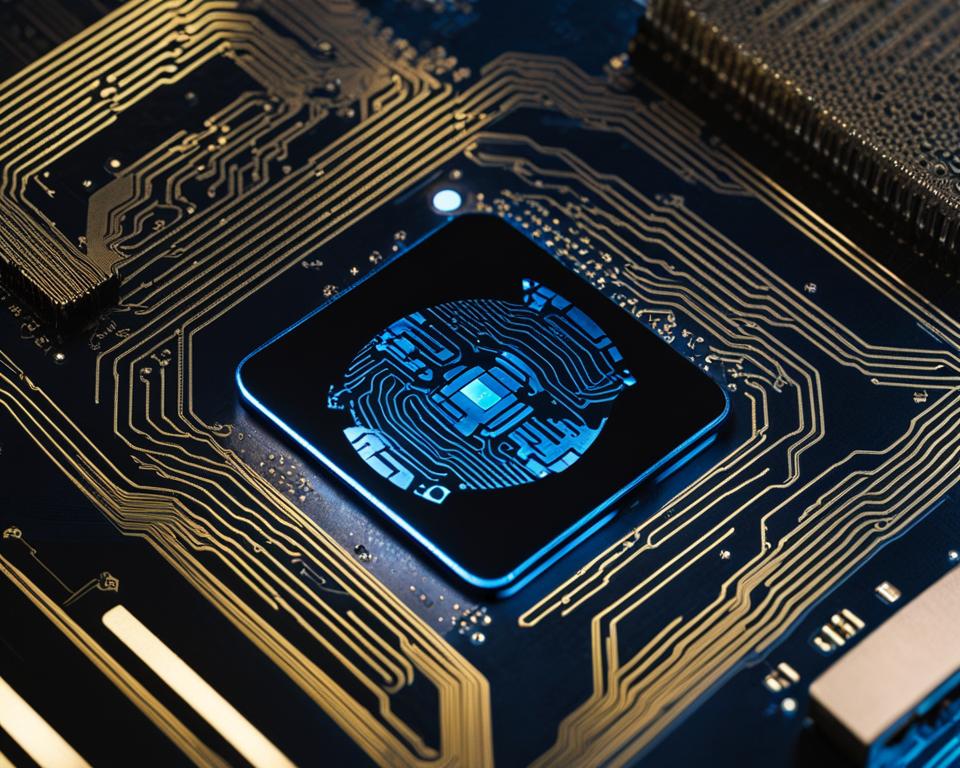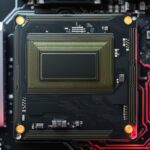Imagine this scenario: you just bought a brand new Bluetooth headset and can’t wait to pair it with your computer for seamless wireless audio. But as you search through the settings, you realize you’re not sure if your motherboard has Bluetooth capabilities. Sound familiar?
Many computer users find themselves in this dilemma, unsure of whether their motherboard supports Bluetooth or if they need to invest in additional hardware. Fortunately, there are several methods you can use to check if your motherboard has Bluetooth, and I’ll walk you through them in this guide.
Let me share a relatable story to set the stage for our exploration. Meet Sarah, a passionate gamer who recently decided to upgrade her computer setup. She spent hours researching and choosing the perfect components for her new rig, with one crucial consideration – Bluetooth compatibility.
As an avid gamer, Sarah loves the freedom of wireless gaming peripherals and wanted to ensure her new motherboard could support Bluetooth connections. When all her components arrived and the build was complete, Sarah eagerly turned on her computer and navigated to the settings menu.
However, much to her frustration, Sarah couldn’t find any clear information about Bluetooth support in the settings. She started to doubt if she had made the right choice in selecting her motherboard. Sound familiar?
This is where this guide comes in. I will show you step-by-step methods to determine if your motherboard has Bluetooth and provide alternative solutions if it doesn’t. Let’s dive in!
Key Takeaways:
- Checking the product specifications of your motherboard is the first step to determine its Bluetooth capabilities.
- Physically inspecting the motherboard for a Bluetooth module or chip is another way to detect Bluetooth support.
- The Device Manager tool on a Windows PC and the System Information tool on a Mac can help you check for the presence of Bluetooth.
- If your motherboard doesn’t have built-in Bluetooth, you can add it through USB Bluetooth adapters or PCIe Bluetooth cards.
- Understanding Bluetooth versions and compatibility is crucial for optimal performance and device compatibility.
Checking Product Specifications
To determine the Bluetooth capabilities of your motherboard, one effective method is to examine the product specifications provided by the manufacturer. Most motherboard manufacturers offer detailed information about their motherboard models on their websites, making it easier for users to determine if Bluetooth support is available.
Start by visiting the manufacturer’s website and locating the page dedicated to your specific motherboard model. Look for a section or tab that provides an overview or features of the motherboard. This section should include details about the various connectivity options, including Bluetooth.
Pay close attention to the specifications or features list and search for any mention of Bluetooth support. The manufacturer may directly state if the motherboard has built-in Bluetooth capabilities or indicate compatibility with additional Bluetooth modules. If you find any mention of Bluetooth support, it confirms that your motherboard has Bluetooth capabilities and you can proceed with connecting Bluetooth devices.
However, in the absence of any explicit mention of Bluetooth in the product specifications, it does not necessarily mean that your motherboard does not support it. Manufacturers may sometimes omit Bluetooth from the product description, but that doesn’t automatically rule out its presence. In such cases, you can explore alternative methods to determine the Bluetooth capability of your motherboard, which will be discussed in the following sections.
Inspecting the Motherboard
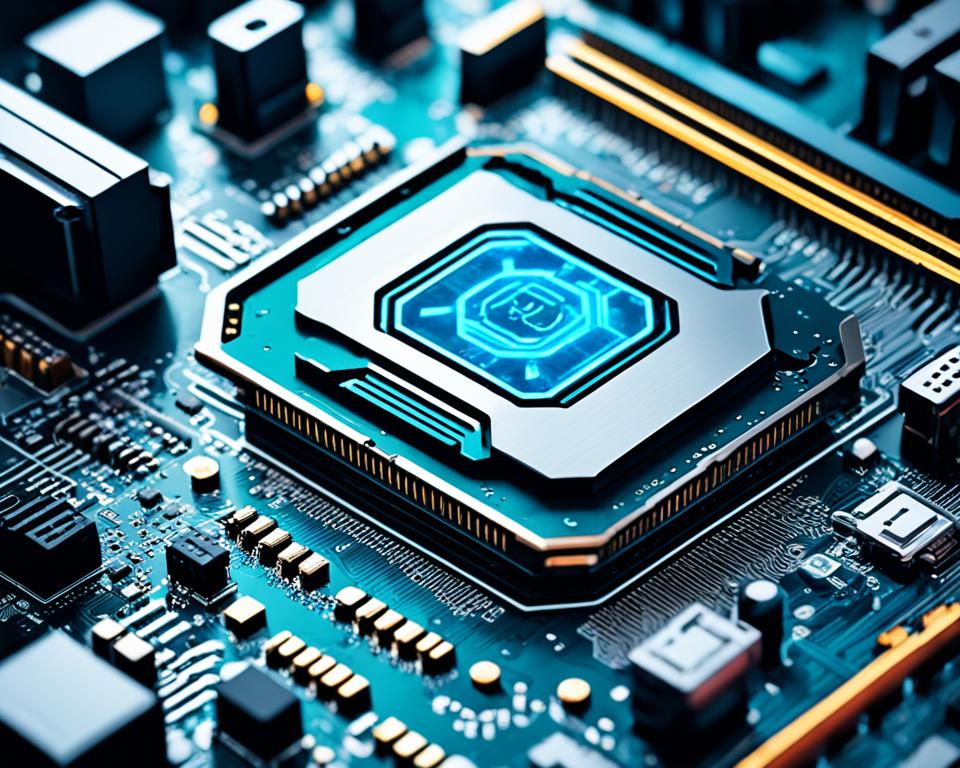
If you’re comfortable with physically inspecting your motherboard, you can look for a Bluetooth module or chip directly on the board. However, identifying these components may require some familiarity with hardware.
Before inspecting the motherboard, remember to turn off and unplug your computer to avoid any electrical accidents. It’s also recommended to ground yourself to prevent static electricity from damaging the components.
“Inspecting the motherboard for a Bluetooth module or chip can be a bit trickier, as it requires hands-on exploration. It is advisable that you exercise caution and follow safety protocols to protect yourself and your hardware. Always prioritize safety and take necessary precautions before working with your computer’s internal components.” – Certified Hardware Technician
Once you have unplugged and grounded yourself, carefully open your computer case and locate the motherboard. Look for any components that resemble a Bluetooth module or chip. These may appear as small circuit boards or chips with the word “Bluetooth” or the Bluetooth logo printed on them.
If you’re uncertain about which component to look for, consult the motherboard’s documentation or visit the manufacturer’s website for guidance. They may provide specific details on the location or appearance of the Bluetooth module or chip on your particular motherboard model.
If you successfully detect a Bluetooth module or chip on your motherboard, it indicates that your motherboard has built-in Bluetooth capabilities. However, if you don’t find any such component, it doesn’t necessarily mean that your motherboard lacks Bluetooth support. There are other methods to check for Bluetooth capabilities, which will be discussed in later sections.
Inspecting the motherboard physically can be a rewarding experience, but remember to exercise caution and respect the delicate nature of the components. Once you’ve completed your inspection, securely close your computer case and proceed with the next steps to determine if your motherboard supports Bluetooth.
Common Bluetooth Module Locations
| Manufacturer | Common Location |
|---|---|
| ASUS | Near the rear I/O ports |
| Gigabyte | Bottom-right area of the motherboard |
| MSI | Typically near the PCIe slots |
| ASRock | Adjacent to the rear I/O shield |
Using the Device Manager on Windows
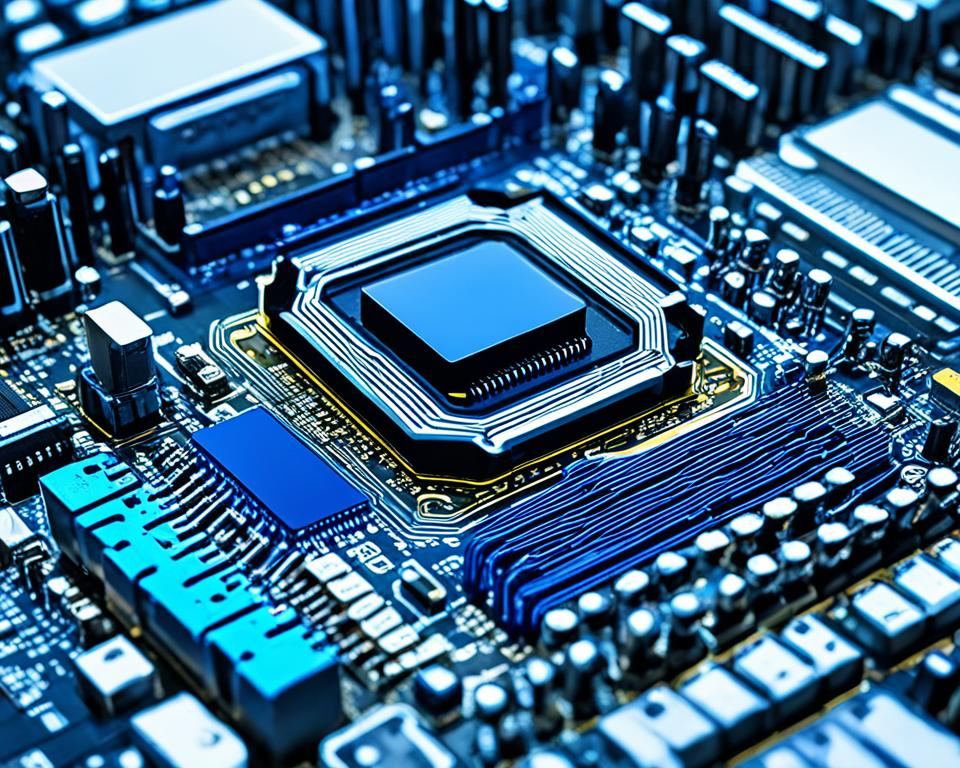
If you’re using a Windows PC, the Device Manager tool can help you find out if your motherboard supports Bluetooth. Follow these steps to check:
- Press the Windows key + X to open the quick access menu.
- Select Device Manager from the list.
- In the Device Manager window, look for the Bluetooth section.
If the Bluetooth section is present, it means your motherboard supports Bluetooth. You can click on the dropdown arrow to view the Bluetooth devices listed.
If you don’t see a Bluetooth section, don’t worry. You can still check for hidden Bluetooth devices by clicking on View and then selecting Show hidden devices.
If you see Bluetooth devices listed, it confirms that your motherboard has Bluetooth capabilities. However, the absence of Bluetooth devices suggests that your motherboard may not support Bluetooth.
Using the Device Manager on Windows is a quick and easy way to determine if your motherboard supports Bluetooth. If your motherboard doesn’t have Bluetooth, don’t worry, there are other options available to add Bluetooth functionality to your computer.
Comparison of Bluetooth Support Methods
| Method | Advantages | Disadvantages |
|---|---|---|
| Checking product specifications | Provides accurate information | Requires access to manufacturer’s website |
| Inspecting the motherboard | Allows physical confirmation | Requires technical knowledge |
| Using the Device Manager | Quick and easy | Doesn’t provide in-depth details |
| Using the System Information | Specific to Mac users | Not applicable for Windows users |
By using the Device Manager on Windows, you can find out if your motherboard supports Bluetooth. If it does, you can enjoy the convenience of wireless connectivity. If not, you can explore other options to add Bluetooth capabilities to your computer.
Using the System Information on Mac
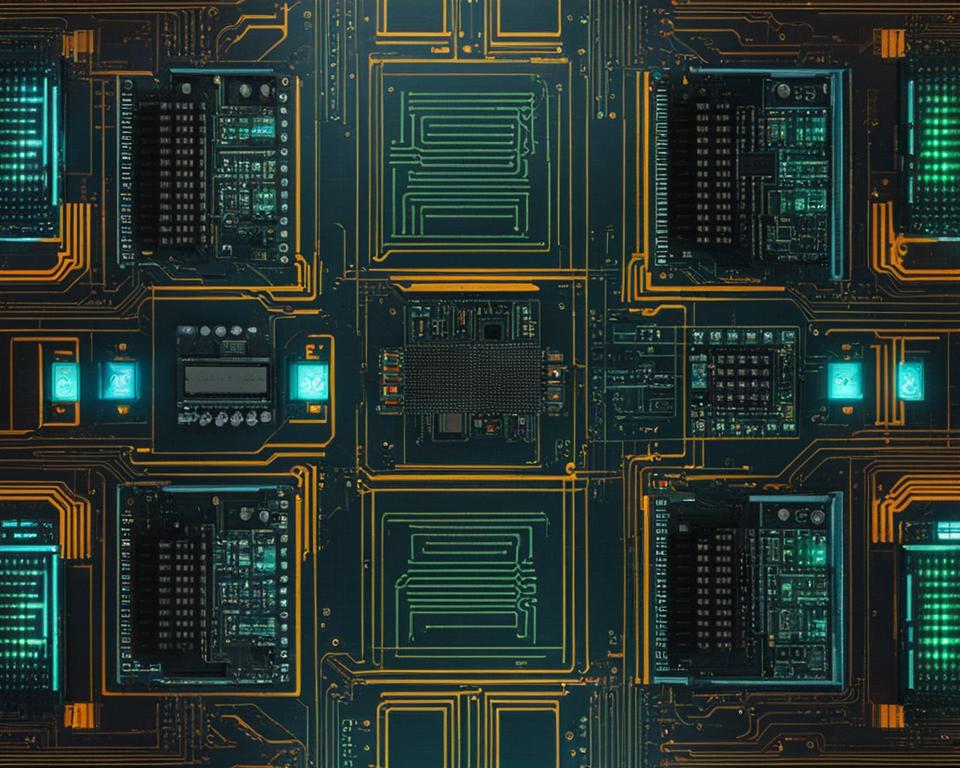
Mac users can use the System Information tool to determine the Bluetooth capability of their motherboard. Follow these steps:
- Click on the Apple logo at the top left of the screen.
- Select “About This Mac”.
- In the new window, click on “System Report”.
- Under the Hardware section, find and select “Bluetooth”.
If Bluetooth is listed, it means your motherboard has Bluetooth support. If not, it may not have Bluetooth capabilities.
Note: The System Information tool provides comprehensive details about your Mac’s hardware and software. Ensure it is up to date to get accurate information about your motherboard’s Bluetooth capability.
Checking with Linux Terminal
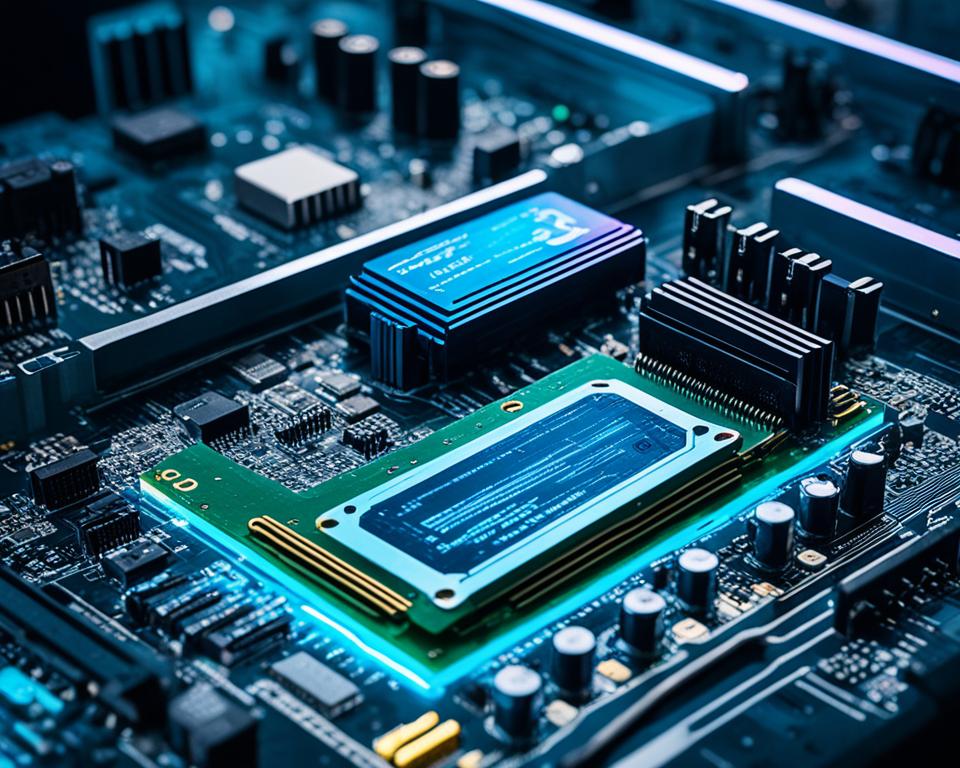
In addition to the previously mentioned methods, Linux users can utilize the powerful command line interface to check for Bluetooth support on their motherboards. The Linux terminal provides a straightforward and efficient way to determine if your motherboard has Bluetooth capabilities.
To begin, open a terminal window on your Linux system. This can typically be done by pressing Ctrl + Alt + T or by searching for the terminal application in your system’s menu.
Once the terminal is open, type the following command:
lsmod | grep bluetooth
This command allows you to search for Bluetooth support within the loaded kernel modules on your system. If there is any output from this command, it suggests that your motherboard has Bluetooth capabilities. Conversely, if there is no output, it indicates that your motherboard may not support Bluetooth.
It’s important to note that the absence of output does not always guarantee the complete absence of Bluetooth support. Some factors, such as drivers or configuration settings, can influence the detection of Bluetooth capabilities. However, the terminal command provides a valuable starting point for determining motherboard Bluetooth compatibility.
Examples of Terminal Output
| Output | Interpretation |
|---|---|
| bluetooth 696320 211 btusb,btrtl,btintel | Bluetooth support is present |
| No output | Bluetooth support is not detected |
The table above showcases examples of potential terminal outputs and their corresponding interpretations. These examples provide a clearer understanding of how the output can indicate the presence or absence of Bluetooth support on your motherboard.
Adding Bluetooth to Your Computer
If you find that your motherboard doesn’t have Bluetooth, there are still options to add it to your computer.
The simplest solution is to use a USB Bluetooth adapter. These small devices can be plugged into a USB port on your computer to provide Bluetooth functionality.
Another option is to install a PCIe Bluetooth card, which requires opening up your computer and plugging the card into a PCIe slot on the motherboard. This option offers better performance but requires more effort to install.
| Method | Pros | Cons |
|---|---|---|
| USB Bluetooth Adapter |
|
|
| PCIe Bluetooth Card |
|
|
Understanding Bluetooth Versions and Compatibility
Bluetooth technology has evolved over the years, with different versions offering improvements in speed, range, and capabilities. It’s important to understand which Bluetooth version your motherboard supports, as newer versions may offer better performance. Checking the specifications of your motherboard is the first step to determine if it is compatible with the latest Bluetooth standards.
Bluetooth Versions
Bluetooth technology has gone through several iterations, each introducing new features and enhancements. The table below provides an overview of the different Bluetooth versions:
| Bluetooth Version | Description |
|---|---|
| Bluetooth 1.0 – 1.2 | Introduced basic data and audio transfer capabilities. |
| Bluetooth 2.0 + EDR | Enhanced Data Rate (EDR) improved data transfer speed and reduced power consumption. |
| Bluetooth 2.1 + EDR | Added Secure Simple Pairing for easier and more secure device pairing. |
| Bluetooth 3.0 + HS | Introduced High-Speed (HS) feature for faster data transfer between devices. |
| Bluetooth 4.0 | Introduced Low Energy (LE) technology for power-efficient connections, commonly known as Bluetooth Smart. |
| Bluetooth 4.1, 4.2, and 5.0 | Continued to refine the Bluetooth LE technology with improved performance and security features. |
| Bluetooth 5.1 and 5.2 | Introduced features like direction finding and improved audio quality for enhanced user experiences. |
Bluetooth Compatibility
When checking the compatibility of your motherboard with Bluetooth, it’s important to ensure that both the hardware and software support the desired Bluetooth version. Incompatible versions can lead to connectivity issues or limited functionality.
To determine if your motherboard is compatible with a specific Bluetooth version:
- Check the specifications of your motherboard provided by the manufacturer. Look for information on the supported Bluetooth versions.
- If you have an existing Bluetooth device, check its documentation to see which Bluetooth versions it supports. Ensure that your motherboard’s Bluetooth version is compatible with your device.
- Consult support forums or online communities to see if other users have successfully used Bluetooth devices with the same motherboard model.
Remember, compatibility is not just limited to the Bluetooth version. It’s also important to consider compatibility with other devices like headphones, speakers, and smartphones. Bluetooth profiles and codecs can vary, so ensure that your devices can communicate effectively.
Understanding Bluetooth versions and compatibility will help you make informed decisions when choosing and configuring Bluetooth devices for your motherboard.
Checking BIOS Settings
Some motherboards may have Bluetooth capabilities that are not enabled by default in the BIOS settings. To check if this is the case, restart your computer and enter the BIOS settings.
Navigate to the options related to onboard devices or integrated peripherals and look for an option related to Bluetooth. If it’s not enabled, you can enable it and save the changes. Be cautious when modifying BIOS settings to avoid instability.
| Potential BIOS Settings | |
|---|---|
| Option | Description |
| Onboard Devices | Access a menu that provides settings for various onboard devices connected to your motherboard, including Bluetooth. |
| Integrated Peripherals | Find options that allow you to enable or disable specific integrated peripherals, such as Bluetooth. |
Refer to your motherboard’s manual or the manufacturer’s website for specific instructions on accessing and modifying BIOS settings. Remember to save any changes before exiting the BIOS to apply the settings.
Using Third-Party Software
In addition to built-in tools like Device Manager and System Information, you can use third-party software to check for Bluetooth capabilities on your motherboard. One popular software program is Speccy for Windows, which provides detailed information about your system hardware, including Bluetooth support.
To use Speccy, simply download and install the software on your computer. Once installed, run a scan to check your system specifications. Speccy will provide a comprehensive report, including details about your motherboard and whether it has Bluetooth capabilities.
By utilizing third-party software like Speccy, you can quickly and easily determine if your motherboard has Bluetooth or if you need to explore alternative solutions. This can save you time and effort in finding the right Bluetooth solution for your needs.

